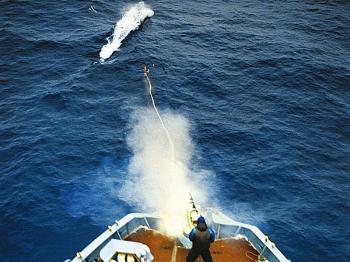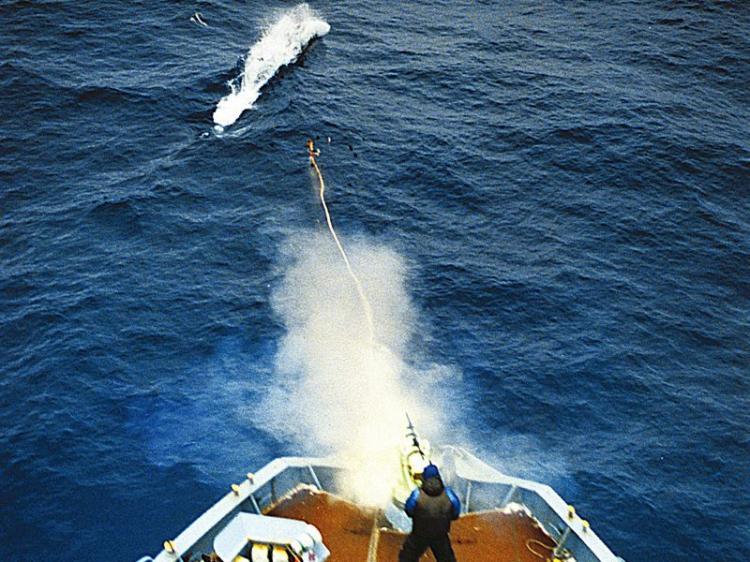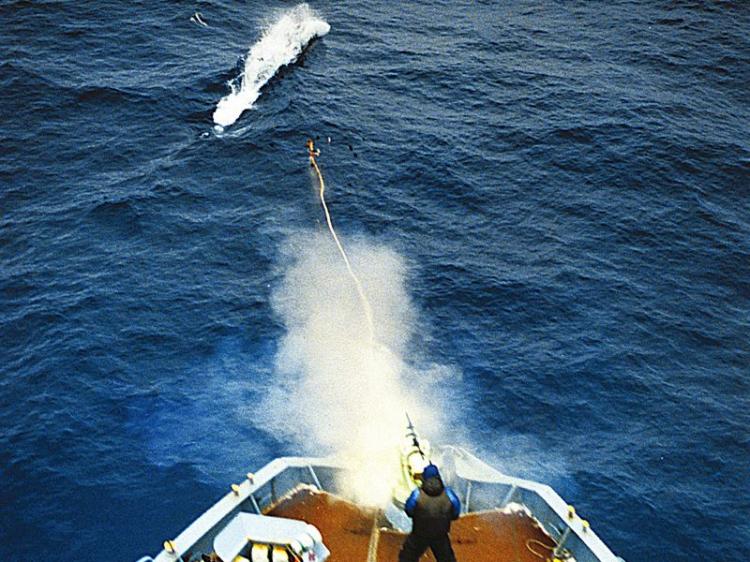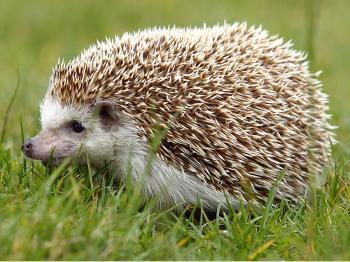The Whale and Dolphin Conservation Society (WDCS) claims that Europe is the whale’s worst enemy. Nicolas Entrup, CEO for the WDCS-Germany and Austria, chastised Europe.
“Europe likes to point the finger at Japan when scrupulous whale hunts are in question. Nevertheless, Norwegians, Icelanders, and Danes likewise kill thousands of these animals in their own oceans. Presently, these nations provoke the situation with increased whale hunting and with unprecedented exports of whale meat to Japan,” Entrup claimed.
Who Needs That Much Whale Meat?
Icelanders opened their whale-hunting season with the first kill at the end of May 2009. On Iceland’s list are the following quotas for 2009: 150 North Atlantic fin whales, whose diet consists of small schooling fish, squid, and crustaceans, including mysids, krill, and 100 mink whales.
Mink whales are the second smallest of the baleen whales—only the pygmy whale is smaller. Upon reaching sexual maturity (6–8 years of age), male and female mink whales measure an average of 6.9 and 7.4 meters (22 feet 8 inches to 24 feet 3 inches) in length, respectively. Since there is little profit from domestic sales of these magnificent animals, Icelanders plan to sell more than 6,000 tons of the meat to Japan.
According to statistics from WDCS activists, the Norwegian government, ending a lengthy whaling hiatus, has once again sanctioned the sale of whale meat to Japan, so that whale hunters won’t have to worry about how to dispose of the carcasses of 885 mink whales. But it remains to be seen if Japan would actually accept that much whale meat, since that nation’s demand for this expensive delicacy has declined.
Greenlanders also hunt whales and offer an overabundance of the meat for sale, according to whale-protection organizations. Nevertheless, Denmark wants to petition for sanctions to kill 10 humpback whales a year in Greenland. The agreement is scheduled to be ironed out at the end of June 2009 during the 61st meeting of the IWC (International Whaling Commission). The justification for seeking such a permit? Feeding her own indigenous people!
Heavy Metal
Tests of whale meat have occasionally resulted in the discovery of high concentrations of toxic substances. Acceptable levels of mercury, PCB (Polychloride Biphenol) and DDT showed tolerance thresholds for these toxic substances were exceeded a thousand-fold, according to investigations conducted by animal-protection organizations Pro Wildlife e.V. and OceanCare.
Populations that frequently and regularly consume whale and dolphin meat show increased symptoms of memory impairment, Parkinson’s disease, and a compromised immune system.
Justifying an increase in European whale hunting under the pretext of feeding her population is unnecessary. WDCS activists consider such whale hunting increases sheer political provocation. Besides, humpback whales have been protected for years, but it looks like the rights of whales in Europe and laws pertaining to their protection are being ignored.
The WDCS Web site http://www.wdcs.org.uk/ has suggestions for getting involved.






